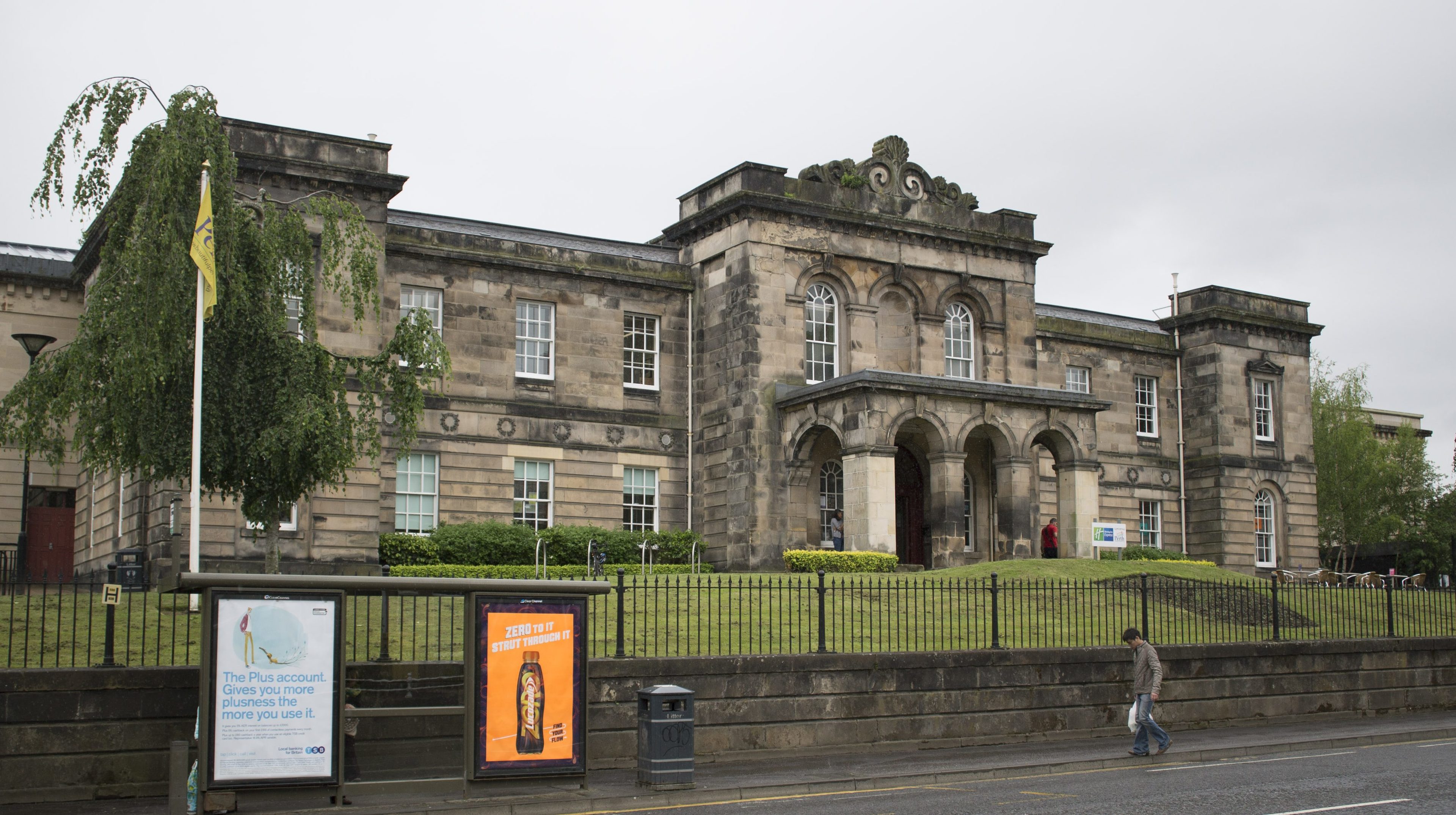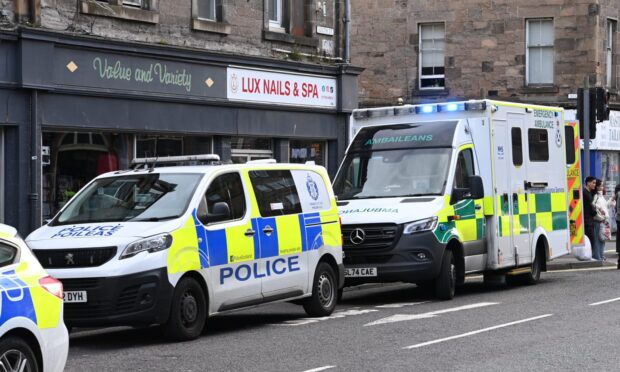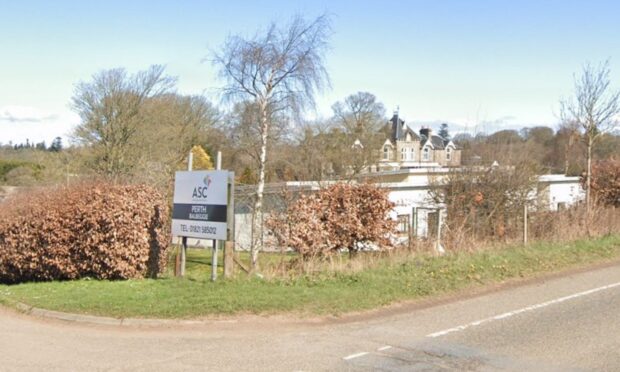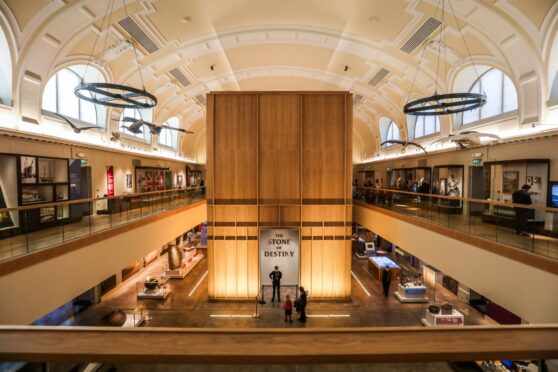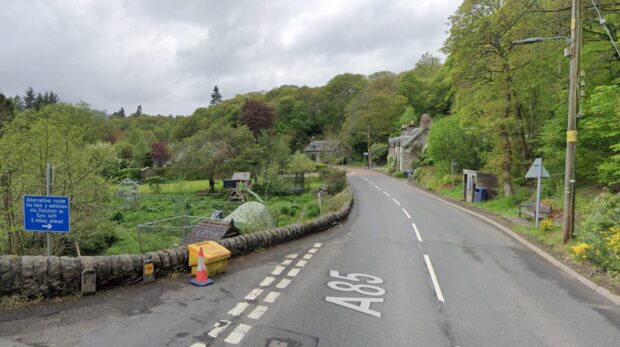A new map detailing vital life-saving equipment is now available to residents in Perth and Kinross.
The map shows more than 80 publically available defibrillators (AEDs) in the region, not just those provided by the council.
This follows the launch of 14 defibrillators (AEDs) in council buildings across the area.
Some of the defibrillators are wall mounted in cabinets on the outside of buildings or in old phone boxes and are generally available 24 hours a day. The rest are inside buildings and may only be available during that buildings opening hours.
Some of the new locations include the AK Bell Library, Perth, Perth Museum and Art Gallery, the Fergusson Gallery and Perth Crematorium.
The council has also installed defibrillators at Perth Grammar and Perth High, resulting in all secondary schools in Perth and Kinross now having one on site.
A spokesperson for Perth and Kinross Council: “By hovering the cursor over the defibrillator icon on the map or tapping the icon on your phone/tablets’ screen, you will be able to find out where exactly the machine is and when it is available.
“Some of these defibrillators are managed by the council, but the majority are not. Therefore, we can’t guarantee availability of any of the machines at any time.”
She added: “Defibrillators are easy to use, compact, portable and very effective. They are designed to be used by untrained persons as the machines guide the operators through the process by verbal instructions and visual prompts.
“They are safe and will not allow a shock to be given unless the person requires one. Defibrillators are designed to be stored for long periods of time without use and require very little routine maintenance.
“If anyone wishes to notify the council of a defibrillator that is not already on the map, or any changes to an existing one, please fill out the registration on your AED form and return it as per the instructions. We will amend the map as required.”
The map and form can be found by visiting
http://www.pkc.gov.uk/defibrillators
.
